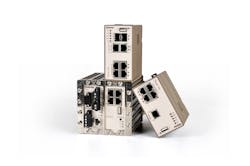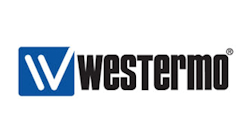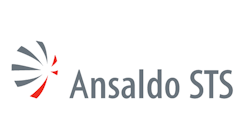Westermo Microlok II Gateway Helps Provide Resilient Network Solutions for Rail Networks
Westermo announced the introduction of Microlok II gateway functionality to its range of Lynx Ethernet device serving switches and Wolverine Ethernet extenders.
This functionality allows rail operators and system integrators to implement cost savings on interlocking and signalling projects as well as helping provide additional resilience to networks.
Microlok II is a protocol developed by AnsaldoSTS specifically used within rail interlocking solutions. The Westermo gateway converts data from the native serial format to a UDP (user datagram protocol) packet that can then be transmitted alongside other data on a trackside Ethernet network. Westermo Lynx and Wolverine also provide the networking infrastructure capability allowing the use of gigabit fibre optic inter-connections and also the ability to use existing twisted pair or telecoms cables as the data path.
Resilient layer 2 and layer 3 protocols like RSTP, FRNT, LACP and OSPF allow highly reliable backbone networks to be created, bringing layer 3 routing protocols to the edge of the network. Built in firewall functionality also allows security to be implemented down to individual port level to ensure both accidental and deliberate security breaches are prevented.
Functionality is provided to allow up to 64 Microlok address translations to be made and monitored. Legacy key-on/key-off support is provided as well as a unique hot/standby configuration to provide a resilient channel for hot standby controllers.
For the kinds of installation where Microlok is used product reliability is critical to ensure maintenance costs are minimised and trains are not delayed. To provide the best solutions Westermo design all these products to have MTBF figures in excess of 500,000 hours (MIL-HDBK-217F (Gb) 25 degrees C).
Operation at the trackside can be tough on Ethernet switches, but the Lynx and Wolverine are designed for that environment. The products will cold start at -40 degrees C and operate over a long life time at 70 degrees C without the need for cooling holes or fans. EMC levels trackside can be harsh and hence these products are tested and certified to meet the EN50121-4 and IEC 62236-4 standards.





